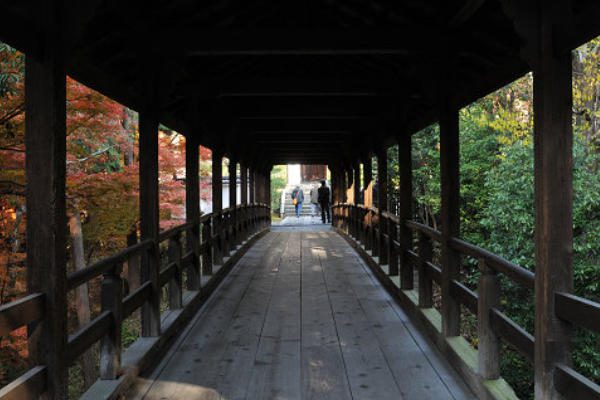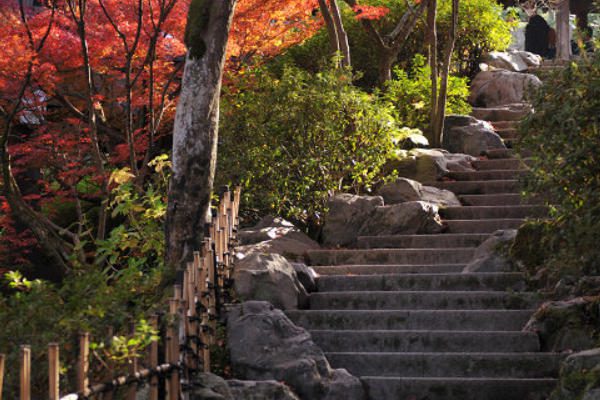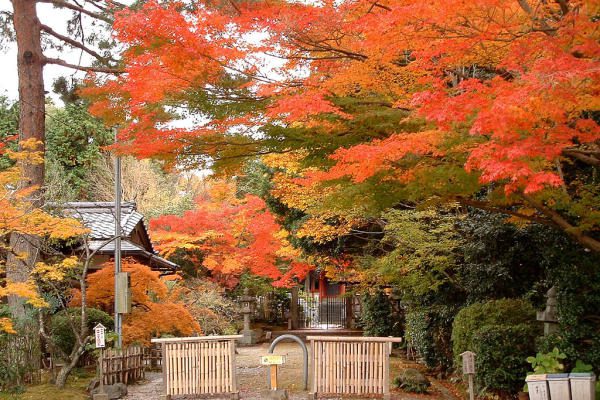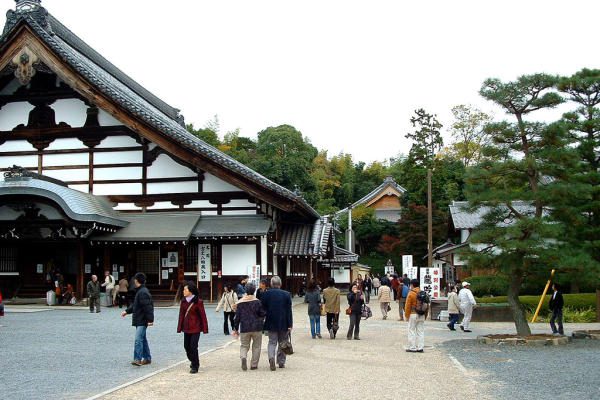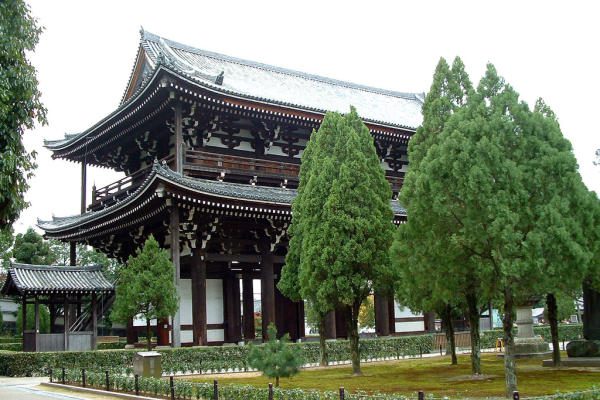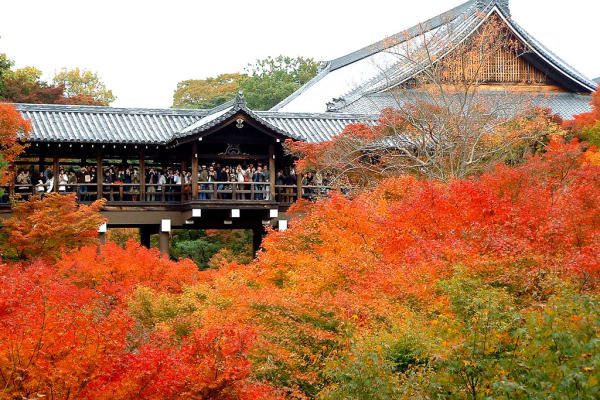Tofukuji-tempel
A Guide to One of Kyoto’s Top Attractions
Located in southeastern Kyoto, Tofukuji Temple is one of the city’s top attractions. The temple is famous for its vibrant autumn foliage, but it is also worth visiting year-round for its beautiful architecture and serene gardens. In this article, we’ll take a closer look at Tofukuji Temple and what makes it such a special place.
History of Tofukuji Temple
Tofukuji Temple was founded in 1236 by the priest Enni Ben’en, who was sent to China by the Japanese emperor to study Zen Buddhism. Upon his return, Enni brought back a new style of Zen Buddhism, and Tofukuji Temple was created as a center for this new form of Zen.
Over the centuries, Tofukuji Temple has been destroyed by fire and rebuilt several times, but it has remained a center of Zen Buddhism throughout its history. Today, the temple is home to several important Zen gardens and is a popular destination for tourists and locals alike.
Main Hall and Sub Temples
The main hall of Tofukuji Temple, known as the Hondo, is an impressive building that dates back to the 1930s. It is one of the largest wooden structures in Japan, and it houses a statue of the temple’s founder, Enni Ben’en.
In addition to the main hall, Tofukuji Temple has several sub-temples that are worth visiting. The Kaisando is a small hall that contains several important Buddhist statues, including a statue of Enni Ben’en. The Yokokan Garden is a beautiful example of a traditional Japanese garden, with a pond, bridges, and carefully manicured trees.
The Tsutenkyo Bridge
Perhaps the most famous feature of Tofukuji Temple is the Tsutenkyo Bridge. The bridge spans a small valley that is filled with maple trees, and it offers stunning views of the autumn foliage that Tofukuji Temple is so famous for.
The best time to visit Tofukuji Temple and cross the Tsutenkyo Bridge is in late November, when the autumn foliage is at its peak. The vibrant colors of the leaves are truly breathtaking, and it’s no wonder that Tofukuji Temple is one of the most popular spots in Kyoto for viewing autumn foliage.
The Zen Gardens
Tofukuji Temple is also home to several impressive Zen gardens. The Hojo Garden is a beautiful example of a karesansui, or dry landscape garden, that was created in the 1930s. The garden features carefully arranged rocks and sand, and it is a peaceful and serene place to sit and meditate.
The Tsutenkyo Bridge and its surrounding area are also considered a Zen garden, with carefully arranged maple trees and other plants that create a sense of harmony and balance.
Practical Information
Tofukuji Temple is open from 9:00 am to 4:30 pm, and the admission fee is 400 yen. The temple can be accessed by train, with Tofukuji Station on the Keihan Line and JR Nara Line just a short walk away.
It’s worth noting that Tofukuji Temple can get very crowded during peak season, particularly in late November when the autumn foliage is at its peak. To avoid the crowds, it’s best to visit early in the morning or late in the afternoon.
Conclusie
Tofukuji Temple is a beautiful and historically significant temple in Kyoto, and a must-visit for anyone interested in Japanese culture, art, and history. Whether you come to appreciate the stunning autumn foliage, learn about the temple’s rich history, or simply soak in the peaceful atmosphere of the grounds, Tofukuji Temple is sure to leave a lasting impression on you. Be sure to take your time exploring the temple’s many sights and take in the beauty of the surrounding natural environment. With its peaceful atmosphere, striking architecture, and rich history, Tofukuji Temple is truly one of the most beautiful and important destinations in all of Kyoto.


